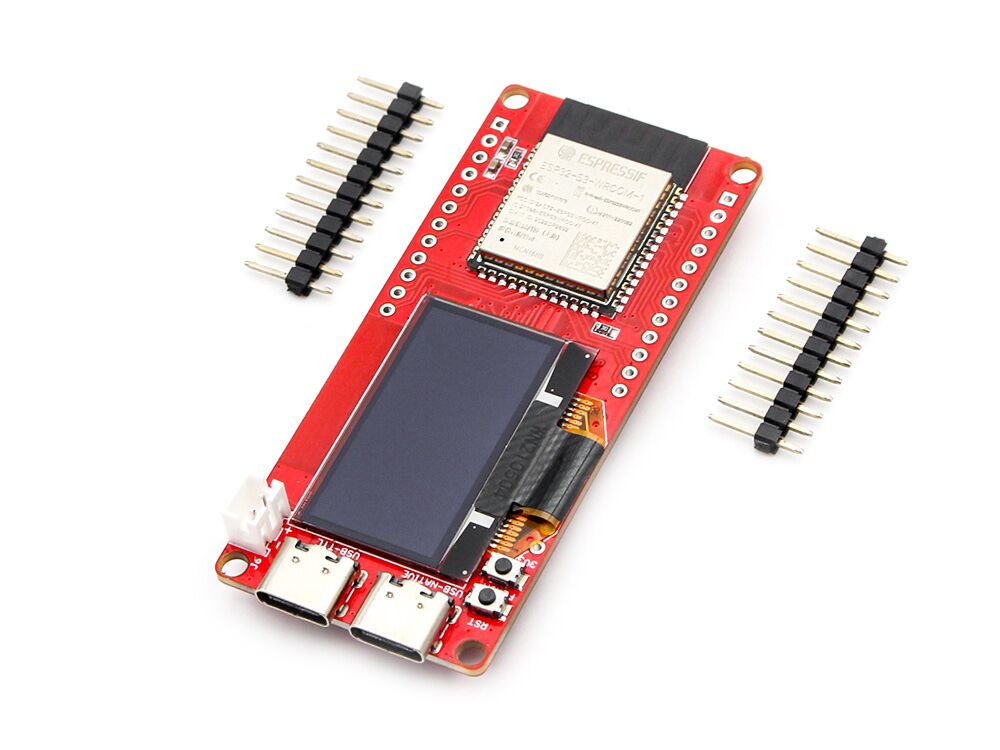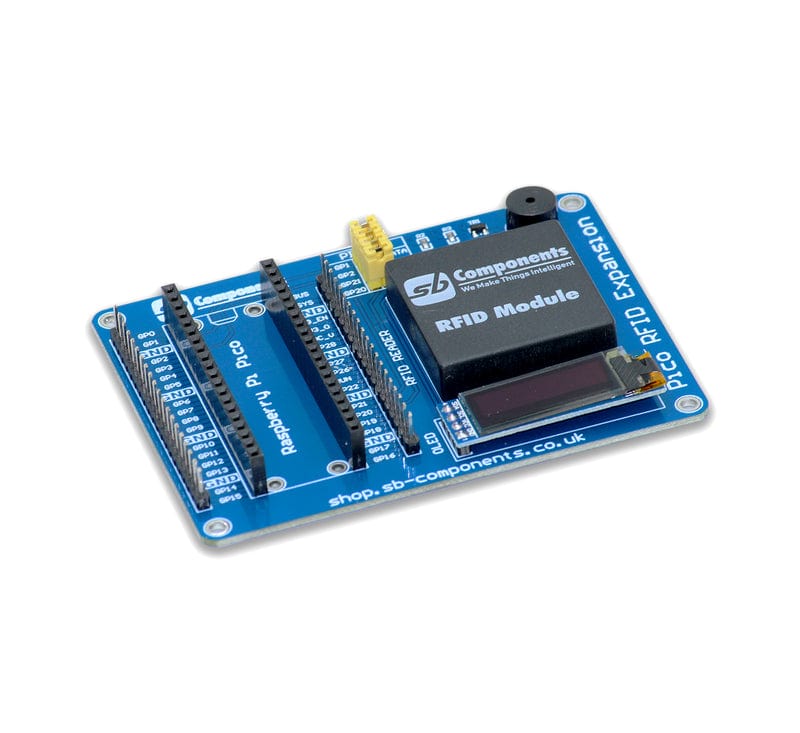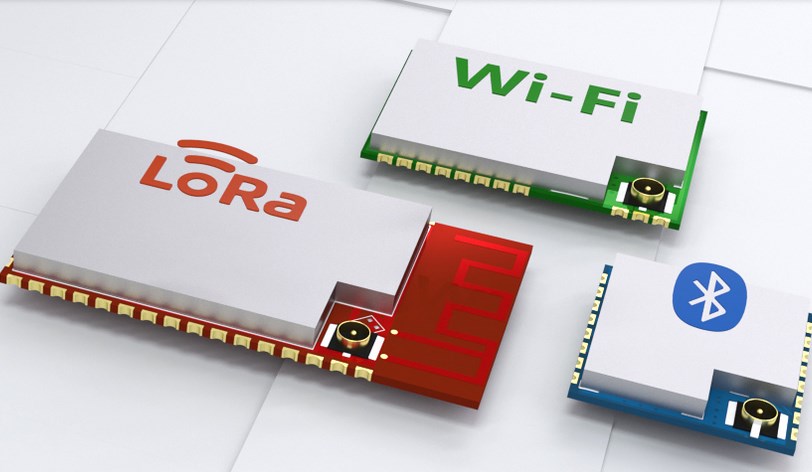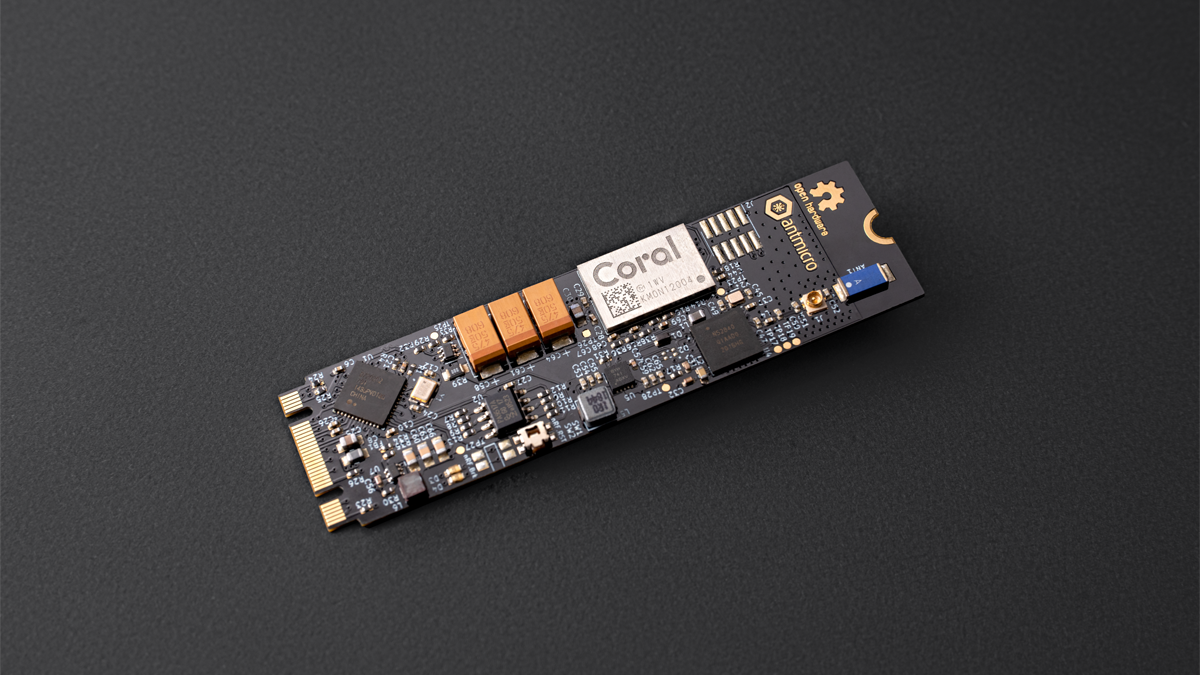UWB Module Applications for cm Level Tracking and Asset Management in 2025
Ultra-Wideband (UWB) technology is rapidly transforming precision tracking and asset management. With centimeter-level accuracy, businesses can now locate assets, monitor workflows, and improve operational efficiency. In this article, we explore practical applications of UWB Module solutions in 2025 and provide insights for enterprises seeking to adopt them.
Understanding UWB Module Technology
UWB Modules transmit short, low-power pulses across a broad frequency spectrum. Unlike traditional Bluetooth or Wi-Fi, UWB achieves precise ranging and positioning. Its high time resolution allows for centimeter-level accuracy, critical in industries such as logistics, healthcare, and manufacturing. Furthermore, UWB’s immunity to multipath interference makes it reliable in complex environments. Modern modules incorporate security features such as encryption and secure key exchange to safeguard sensitive data. This foundational technology enables advanced tracking solutions using a UWB Module.

Precision Asset Tracking in Warehouses
Warehouses face challenges in locating high-value or mobile inventory. By deploying UWB Modules on pallets, containers, or equipment, managers can track assets in real-time. Reports indicate that companies integrating UWB-based tracking reduced search times by 40–60%. Furthermore, automated alerts notify staff when assets leave predefined zones, improving operational oversight. Compared with RFID or GPS, UWB offers higher accuracy indoors. Asset managers increasingly prefer UWB Module solutions for inventory optimization.
Enhancing Manufacturing and Assembly Lines
Manufacturing environments benefit from centimeter-level tracking to streamline production. UWB Modules enable real-time positioning of tools, machinery, and semi-finished goods. For example, Tesla’s Gigafactory employs similar positioning systems to reduce assembly bottlenecks. Integration with IoT dashboards allows managers to monitor workflow efficiency and machine utilization. The result is reduced downtime and faster production cycles. Modern industrial applications rely on a UWB Module to maintain precise operational control.
Healthcare Applications and Patient Monitoring
Hospitals and clinics use UWB Modules to locate critical medical equipment and track patient movement. Hospitals that adopt real-time location systems report a 30% decrease in lost equipment incidents. Patient monitoring benefits include location tracking for high-risk patients and asset visibility for emergency response teams. UWB’s secure communication ensures patient data remains protected. Healthcare administrators are increasingly viewing the UWB Module as essential for safety and efficiency.
Smart Retail and Customer Experience
Retailers leverage UWB Modules to improve customer experience and inventory management. For example, bright fitting rooms use UWB to detect product movement, enabling personalized promotions and stock updates. Similarly, indoor navigation applications guide shoppers to desired products with centimeter-level precision. The combination of analytics and tracking provides actionable insights for optimizing store layouts. Retailers seeking advanced customer engagement adopt UWB Module technology.
Logistics and Fleet Management
In logistics, precise tracking of assets and vehicles is crucial. UWB Modules offer better accuracy than GPS in indoor or urban environments. Companies deploying these modules achieve real-time monitoring of fleet locations and cargo positions, reducing lost shipments and improving route planning. Integration with warehouse systems creates end-to-end visibility. Businesses focused on supply chain optimization increasingly rely on UWB Module solutions.

Security and Authentication Uses
UWB Modules support secure access control in corporate and industrial settings. By detecting exact locations, UWB-enabled systems authenticate personnel proximity to restricted zones. This reduces the risk of unauthorized access compared with traditional RFID or keycard systems. Security dashboards can trigger automated responses if anomalies occur, enhancing safety. Enterprises prioritize the integration of UWB modules for robust access management.
Future Trends and Deployment Considerations
The adoption of UWB Modules is accelerating, with advancements in miniaturization, integration with IoT platforms, and AI-driven analytics. As 5G expands, UWB can complement wireless networks for hybrid tracking solutions. Enterprises must evaluate deployment costs, system integration, and data privacy regulations to ensure compliance with relevant laws and regulations. Case studies demonstrate that scalable UWB deployment can improve asset utilization by over 25%. Forward-looking organizations view the UWB Module as a key enabler of precise, intelligent operations.
UWB Modules offer unprecedented accuracy and reliability for asset tracking and operational management. From warehouses and manufacturing to healthcare and retail, centimeter-level precision transforms efficiency. Businesses that invest in these solutions in 2025 will gain a competitive advantage through improved visibility, enhanced security, and optimized workflow—implementing UWB Module technology today positions enterprises for smarter, data-driven operations tomorrow.







